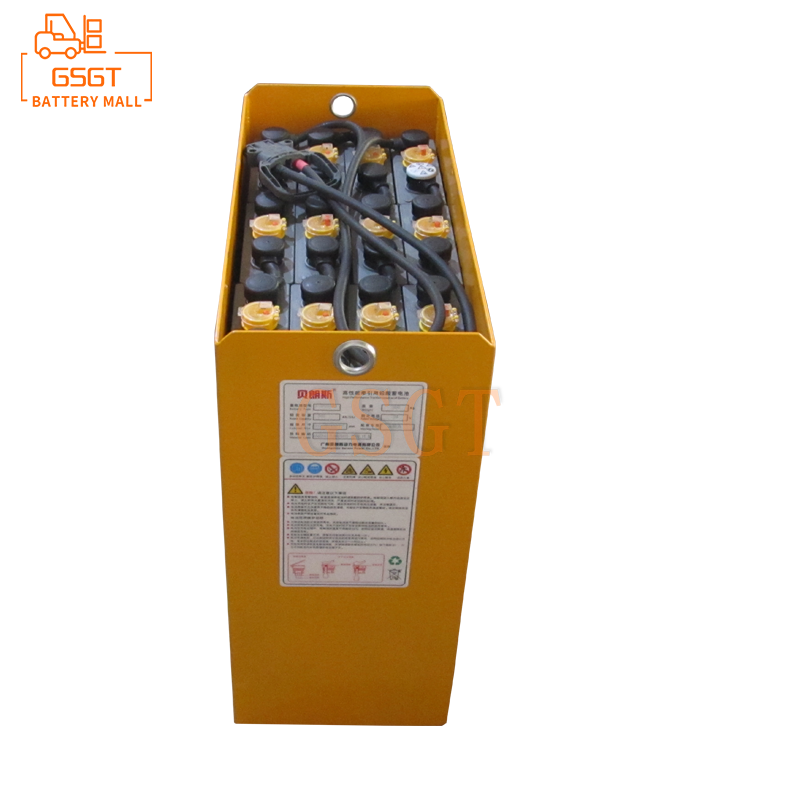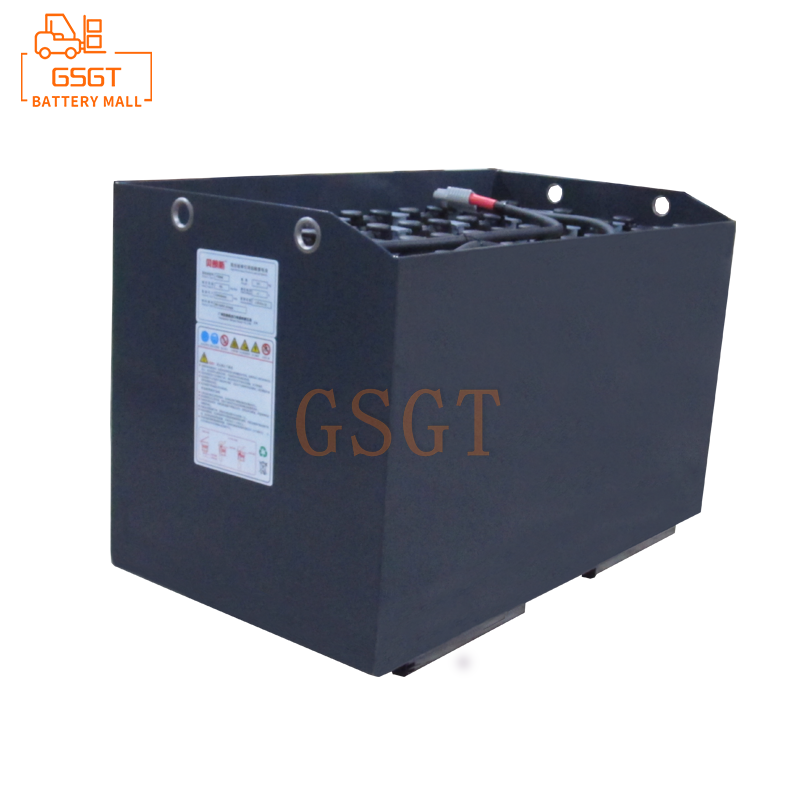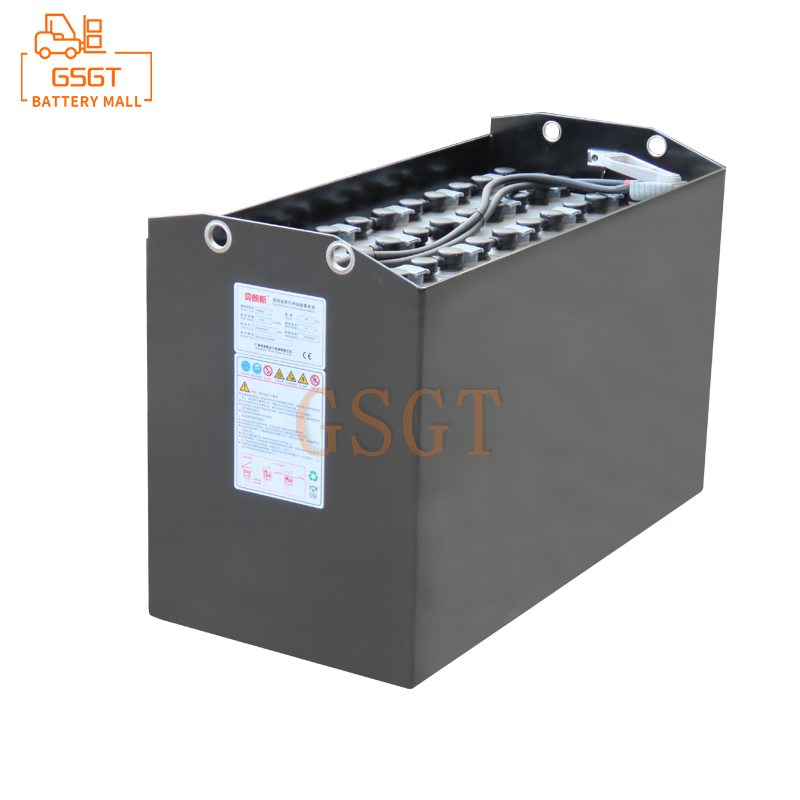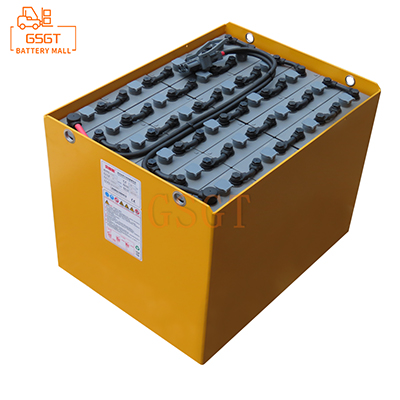Time:2025-03-05 10:46:23
Browse:391
Under the grand blueprint of the "double carbon" goal, all walks of life are facing profound changes, and the lead-acid battery industry is no exception. As a widely used energy storage equipment, lead-acid batteries provide support for economic and social development at the same time, its high carbon emissions, resource recycling problems and so on are also contrary to the "double carbon" concept, and the development of the industry is in a bottleneck. At this time, the closed-loop recycling system has gradually entered the public field of vision, and is regarded as the key to help the transformation of the lead-acid battery industry and achieve sustainable development.
The plight of the lead-acid battery industry under the heavy pressure of "double carbon"
In the production process of lead-acid batteries, from lead mining, smelting to battery assembly, each link is accompanied by a large amount of energy consumption and carbon emissions. Lead mining needs to consume a lot of manpower and material resources, and will produce solid waste such as tailings and waste rock in the mining process, which will cause damage to the ecological environment. The smelting process requires high temperature smelting and relies on fossil energy such as coal and coke, which is the main source of carbon emissions. According to relevant data, for every 1 ton of lead produced, about 2-3 tons of carbon dioxide will be emitted, and the overall carbon emissions of the lead-acid battery industry cannot be underestimated.
After the end of the battery life, if improper disposal, lead acid batteries contain lead, sulfuric acid and other harmful substances will cause serious pollution to soil and water. According to incomplete statistics, the number of waste lead-acid batteries produced in China every year exceeds 3 million tons, but the actual recovery rate is less than 80%, a large number of waste batteries into illegal recycling channels, serious waste of resources, and the risk of environmental pollution increases sharply. In addition, with the vigorous development of emerging industries such as new energy vehicles and energy storage, the demand for high-performance and lightweight batteries is increasing, and lead-acid batteries with low energy density and short driving range are gradually at a disadvantage in the market competition, and their market share is constantly eaten by new batteries such as lithium batteries.
Closed-loop recycling system: the light of hope
The closed-loop recycling system is a cycle model that covers the whole process from collection, transportation, disassembly, regeneration to re-production of waste lead-acid batteries. In this system, the widely distributed collection points through cooperation with electric vehicle repair shops, dealers, etc., will be scattered around the waste lead-acid batteries centralized collection; The professional transport team uses special vehicles, in strict accordance with environmental standards, to safely transport the collected batteries to the dismantling plant; In the dismantling plant, through advanced physical and chemical methods, lead, sulfuric acid, plastic and other materials in the battery are effectively separated; The separated lead and other key materials enter the regeneration process, and after refining, they become high-quality raw materials for the production of lead-acid batteries again, so as to realize the recycling of resources.
The closed-loop recovery system has remarkable environmental and economic benefits. At the environmental level, it greatly reduces the pollution risk of waste lead-acid batteries on soil and water sources, reduces the damage to the ecological environment caused by lead mining, and reduces carbon emissions. It is estimated that every 1 ton of waste lead-acid batteries recycled can reduce about 1.5 tons of carbon dioxide emissions. At the economic level, by recycling recycled lead, enterprises can reduce their dependence on primary lead mines and significantly reduce raw material procurement costs. At present, the production cost of recycled lead can be reduced by 30%-40% compared with the original lead, which not only improves the economic benefits of enterprises, but also enhances the price competitiveness of lead-acid batteries in the market.
Achievements and challenges in the construction of closed-loop recycling system
In recent years, China has made some achievements in the construction of lead-acid battery closed-loop recycling system. At the policy level, the government has issued a series of regulations and policies to encourage and support the construction of a closed-loop recycling system. For example, the "Action Plan for the Prevention and Control of waste lead batteries Pollution" clearly states that it is necessary to improve the collection network of waste lead batteries, regulate the collection and transport order, and strengthen the recycling of resources. Under the guidance of the policy, many enterprises actively participate in the construction of closed-loop recycling system. Tianneng Group has built a nationwide waste lead-acid battery recycling network, and through cooperation with dealers and repair shops, the efficient recycling of waste batteries has been realized. Camel shares invested in the construction of advanced lead recycling production lines, which greatly improved the recycling efficiency of lead.
However, the construction of closed-loop recycling system is not smooth sailing. At present, China's waste lead-acid battery recycling market is still relatively chaotic, a large number of illegal small workshops involved, these small workshops have simple equipment, backward technology, not only low recycling efficiency, but also serious environmental pollution problems, and the formal recycling enterprises to form unfair competition, disrupting the market order. In addition, in the early stage of the construction of the recycling system, a lot of money needs to be invested in the collection network layout, transportation equipment purchase, dismantling technology research and development, etc., and the capital recovery cycle is long, which is a huge test for the financial strength of enterprises, and many small and medium-sized enterprises are difficult to participate due to lack of funds. In addition, the recycling of lead-acid batteries involves multiple links and many participants, and information sharing between each link and each subject is difficult, resulting in low recycling efficiency and unreasonable resource allocation, which has become another obstacle to the construction of a closed-loop recycling system.
The way to break the game: multi-party cooperation to promote the improvement of closed-loop recycling system
In order to overcome the above problems, the government, enterprises, and industry associations need to work together. The government should further strengthen the crackdown on illegal recycling, increase the illegal cost, and encourage enterprises to participate in the construction of closed-loop recycling system through fiscal subsidies, tax incentives and other policies, such as tax relief for recycled lead enterprises that meet environmental standards, and financial subsidies for enterprises that build recycling networks. Enterprises should continue to increase investment in technology research and development, improve the recycling technology level of waste lead-acid batteries, and reduce recycling costs. For example, the development of more efficient lead-acid battery dismantling technology to improve the efficiency of material separation; Develop new environmental protection regeneration process to reduce energy consumption and pollution. Industry associations should give full play to the role of Bridges, strengthen industry self-discipline, promote information sharing and cooperation between enterprises, formulate unified industry standards, and standardize market order.
In the era of the "double carbon" goal, the closed-loop recycling system has pointed out the direction for the sustainable development of the lead-acid battery industry. Despite the current challenges, as long as the government, enterprises, industry associations and other parties work together to improve the closed-loop recycling system, the lead-acid battery industry will break through the dilemma, achieve green transformation on the "dual carbon" track, and contribute to the realization of China's carbon peak and carbon neutrality goals.

$1105

$3075

$2450

$3405

MESSAGE
Professional And Efficient
Security
Affordable Price
Professional Services